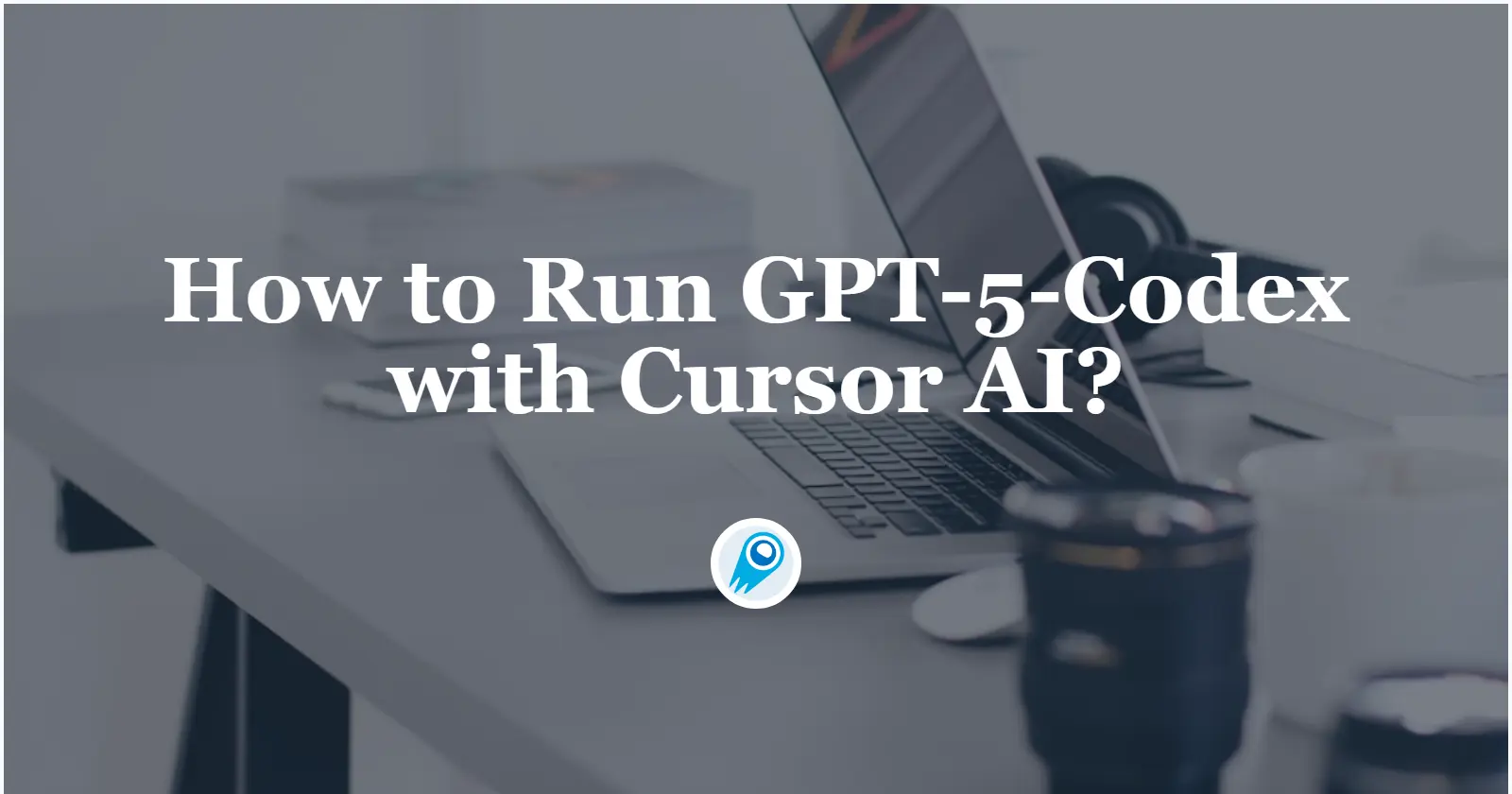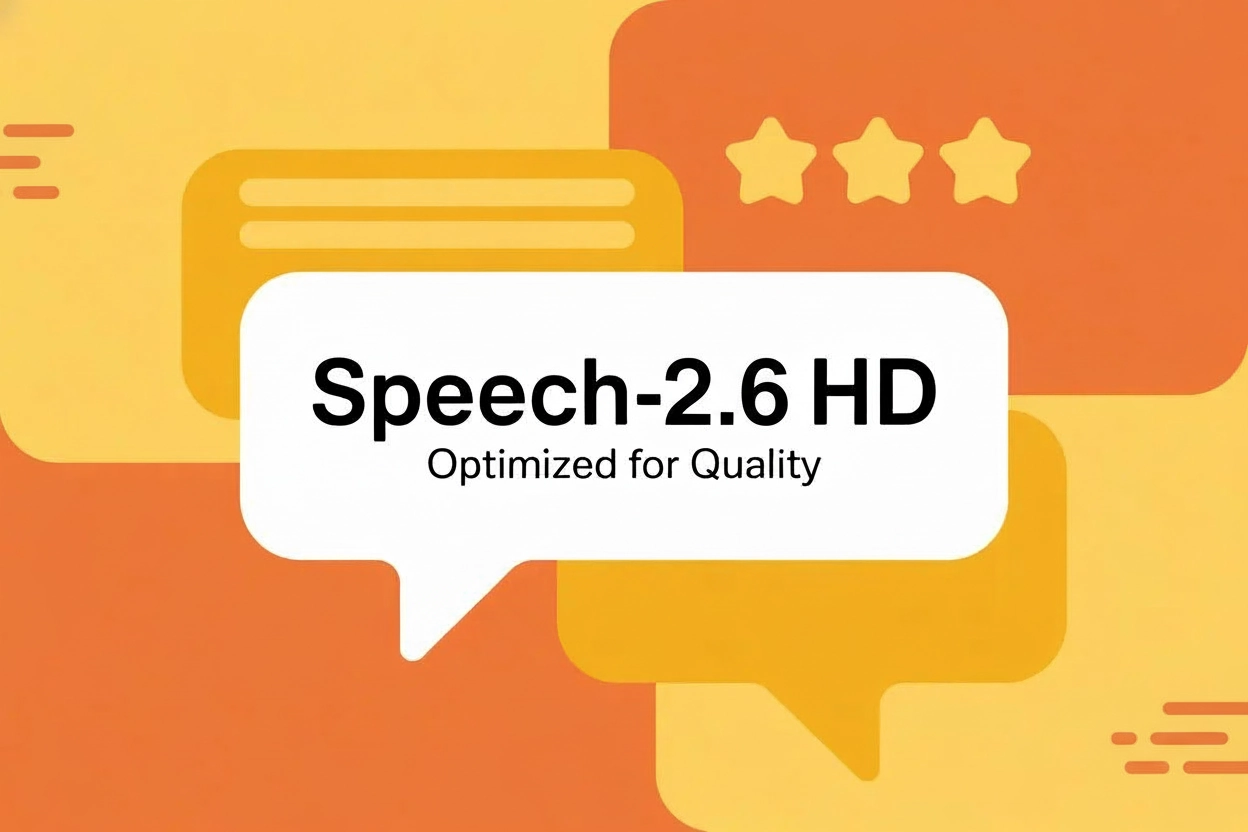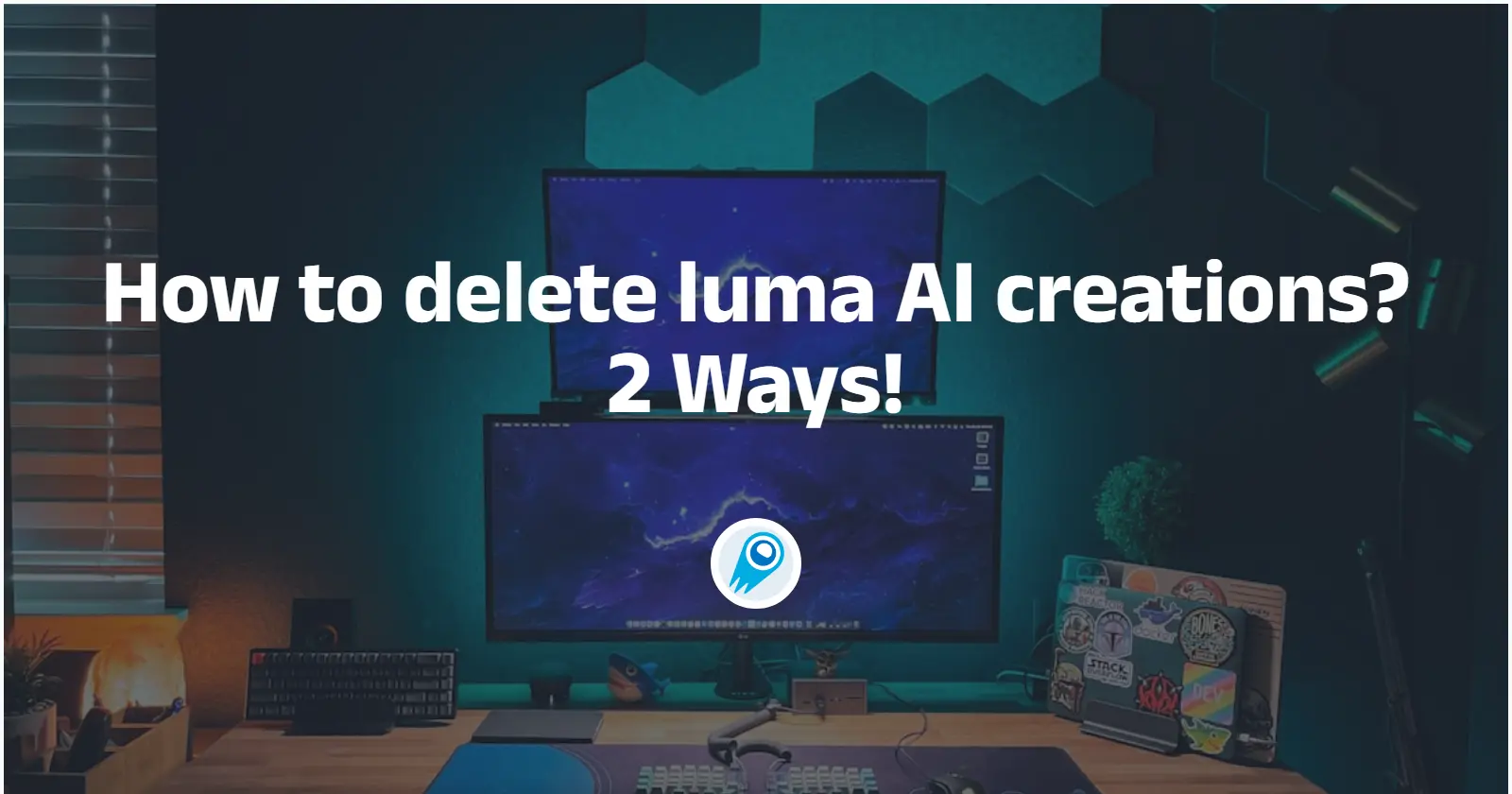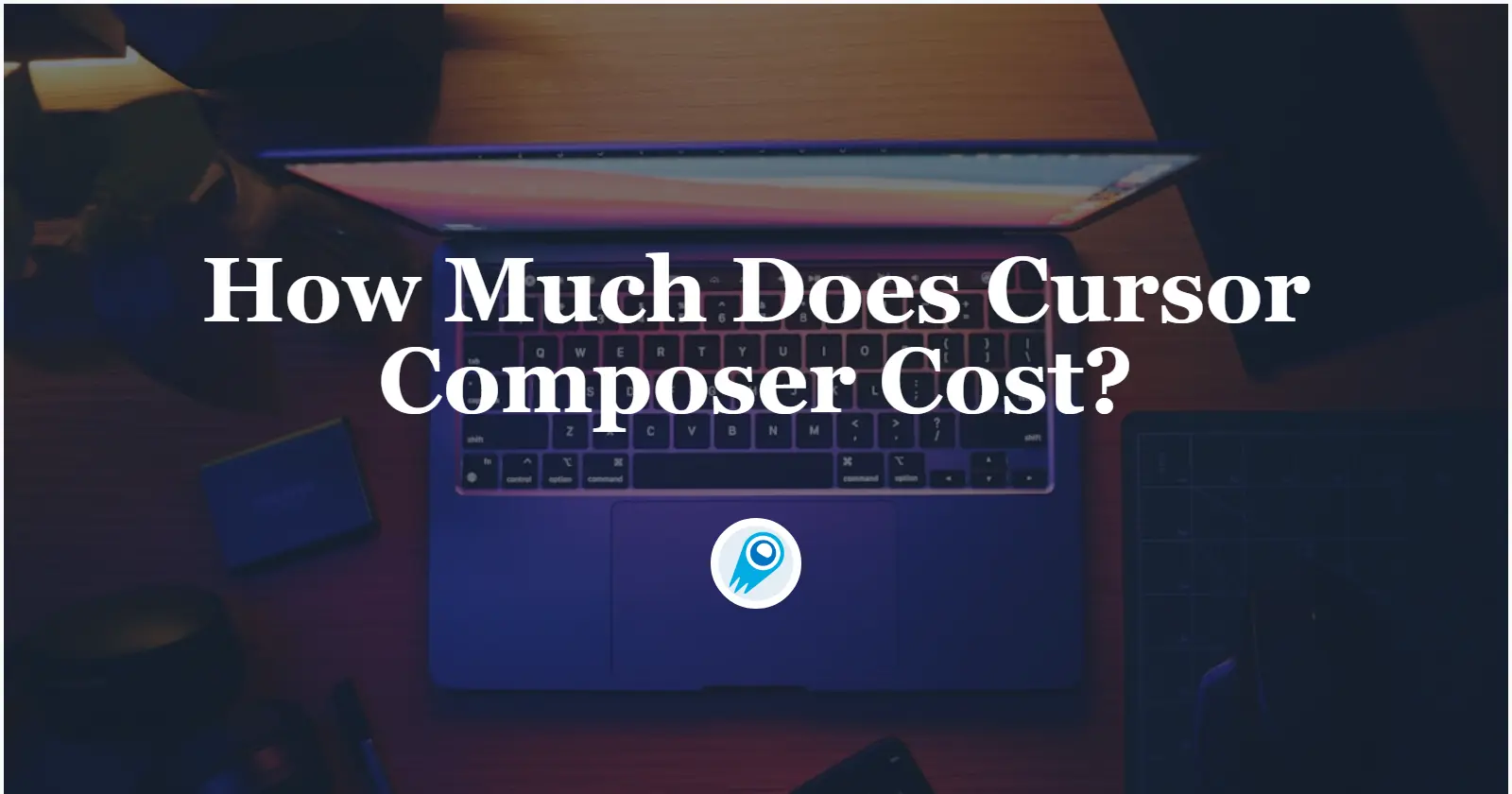Comet API Blog
The CometAPI Blog shares practical guides and updates on mainstream
AI models to help developers get started quickly and integrate them efficiently.
How to Make GPT-5 Act Like GPT-4o
OpenAI’s GPT-5 launched as a step forward in reasoning, coding, and multimodal understanding; GPT-4o (the “Omni” series) was an earlier multimodal, fast, and conversational model with a particular conversational personality and real-time audio/vision strengths. If your aim is to get GPT-5 to produce outputs that resemble the style, tone, or behavior you liked in GPT-4o,Below […]
How to Self-host n8n and Run CometAPI Node Locally
AI is moving fast: new multimodal models and improved realtime APIs are making it easier to embed powerful AI into automation platforms, while parallel debates about safety and observability are reshaping how teams run production systems. For people building local automations, a practical pattern is emerging: use a unified model gateway (like CometAPI) to access […]
How to Run DeepSeek-V3.1 on your local device
DeepSeek-V3.1 is a hybrid Mixture-of-Experts (MoE) chat model released by DeepSeek in August 2025 that supports two inference modes — a fast “non-thinking” mode and a deliberate “thinking” mode — from the same checkpoint. The model is available on Hugging Face and can be run locally via several paths (vLLM, Ollama/llama.cpp, Ollama-style GGUFs, or large-scale […]
Can ChatGPT Watch Videos? A practical, up-to-date guide for 2025
When people ask “Can ChatGPT watch videos?” they mean different things: do they want a chat assistant to stream and visually attend to a clip like a human would, or to analyze and summarize the content (visual scenes, spoken words, timestamps, actions)? The short answer is: yes — but with important caveats. Modern ChatGPT variants […]
Gemini 2.5 Flash Image(Nano Banana): Feature, Benchmark and Usage
In late August 2025 Google (DeepMind) released Gemini 2.5 Flash Image — widely nicknamed “nano-banana” — a low-latency, high-quality image generation + editing model that’s been integrated into the Gemini app, Google AI Studio, the Gemini API and CometAPI. It’s designed to produce photorealistic images, preserve character consistency across edits, fuse multiple input images, and […]
ChatGPT Plus: Price, available models changed in 2025
In a fast-moving AI landscape, the dollar figure attached to a subscription can feel both simple and complicated. At face value, ChatGPT Plus remains a single-line item on many budgets: a monthly subscription that grants faster responses, priority access to features, and use of OpenAI’s advanced models. But the story around price — what you […]
7 Creative Uses of Gemini 2.5 Flash Image (Nano Banana)
As an AI creator, I’m excited to introduce you to Nano Banana — the playful nickname for Gemini 2.5 Flash Image — Google’s newest, high-fidelity image-generation and image-editing model. In this deep-dive I’ll explain what it is, how to use it (app and API), how to prompt it effectively, give concrete examples, include ready-to-run code, […]
GPT-Realtime voice model is now available, supporting image input
OpenAI today announced that GPT-Realtime voice model is now available, supporting image input, marking the Realtime API’s move from beta to general availability for production voice agents. The release positions GPT-Realtime as a low-latency, speech-to-speech model that can run two-way voice conversations while also grounding responses in images supplied during a session. OpenAI describes gpt-realtime […]
How to Use Nano Banana via API?(Gemini-2-5-flash-image)
Nano Banana is the community nickname (and internal shorthand) for Google’s Gemini 2.5 Flash Image — a high-quality, low-latency multimodal image generation + editing model. This long-form guide (with code, patterns, deployment steps, and CometAPI examples) shows three practical call methods you can use in production: (1) an OpenAI-compatible Chat interface (text→image), (2) Google’s official […]
Grok Code Fast 1 — xAI’s new low-cost, high-speed coding model
August 28, 2025 — xAI today introduced Grok Code Fast 1, a coding-focused variant in the Grok family designed to prioritize low latency and low cost for IDE integrations, agentic coding workflows, and large-codebase reasoning.The model is appearing as an opt-in public preview inside GitHub Copilot (VS Code) and is also available through xAI’s API […]

How to Use Sora 2 Without Watermarks—A Complele Guide
OpenAI’s Sora 2 — its latest video-and-audio generative model — arrived this fall as a major step forward in photorealistic video generation and synchronized audio. […]

How to Run GPT-5-Codex with Cursor AI?
Lately,OpenAI has launched a specialized version—GPT‑5‑Codex—specifically tuned for software engineering workflows via its Codex brand. Meanwhile, coding-IDE provider Cursor AI has integrated GPT-5 and GPT-5-Codex […]

MiniMax Releases MiniMax Speech 2.6 — A Deep Dive into the New Speech Model
MiniMax announced MiniMax Speech 2.6, the company’s newest text-to-speech (TTS) / text-to-audio engine optimized for real-time voice agents, voice cloning, and high-fidelity narration. The update […]

How to delete Luma AI creations? 2 Ways!
Generative tools like Luma AI’s Dream Machine make powerful, beautiful images and videos fast — but sometimes you change your mind. Whether you want to […]

How Much Does Cursor Composer Cost?
Cursor Composer is a new, frontier-grade coding model released as part of Cursor 2.0 that delivers much faster, agentic code-generation for complex, multi-file workflows. Access […]

How to access and use Minimax M2 API
MiniMax M2, a new generation large language model optimized for agentic workflows and end-to-end coding. MiniMax publicly released MiniMax-M2 and published weights on Hugging Face; […]
